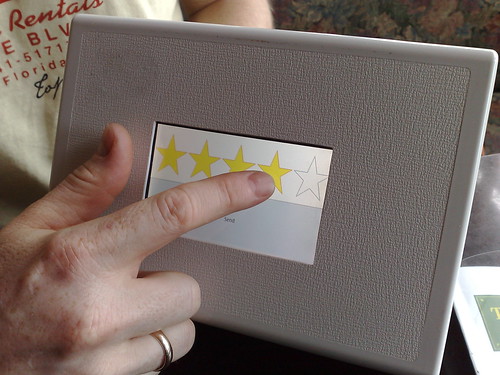If you work as a healthcare administrator, patient satisfaction should be a top priority. According to an international survey performed last February by HawkPartners/ICARE Global Patient Pulse, the United States ranked second in overall satisfaction for patient care. However, its residents were also the second most pessimistic nation when asked if healthcare is moving in the right direction. Thirty percent of the 400 U.S. patients polled believed that the nation’s healthcare system will become weaker within five years, while 35 percent felt it will get worse within a decade.
Patient care improvements are possible, even in the country’s top-ranked facilities. Dedicated hospital administrators must be willing to identify problems, and work hard to make changes. Keep reading for tips on how to create maximally effective surveys that can pinpoint weaknesses.
Numbers Aren’t Everything
If you’re tasked with creating a patient satisfaction survey, don’t merely provide respondents with a way to rank their experience. Asking them to categorize certain aspects of their experience by using a numerical scale is straightforward, but if you’re too reliant on this question style, you might miss out on valuable feedback.
Provide patients with the opportunity to make comments, too. Consider asking open-ended questions, and encourage the recipients to not only describe the shortcomings of their experience, but also talk about what characteristics would have made it ideal. This sort of information is particularly valuable, because it can uncover certain aspects of patient care that might have previously been overlooked.
An Atlanta-based firm called The Myers Group specializes in assisting healthcare facilities with designing and administering surveys. The president, A.C. Myers, supports the importance of open-ended questions, suggesting that they can spotlight reasons behind a question’s particularly high or low numerical score.
At the end of the survey, request demographic information. This will help you gain insight about responses within certain population groups. However, keep in mind that people are usually more likely to answer honestly if they can remain anonymous. Consider giving people the option to either provide demographic information, or decline.
Prepare to Take Action
Even the most well-written healthcare surveys are ultimately useless if you don’t encourage staff members to make a change. Usually, you’ll find that initiatives must spread throughout your entire organization, and not simply focus on a few individuals or departments.
When you present strategies, remember that change of any sort takes time, and you’ll inevitably run into a few obstacles along the way. Also, keep a positive attitude by reminding employees that survey results are just a snapshot of how people view quality of care right now, and not a reason to feel discouraged.
Use Several Formats
Furthermore, strive to meet the expectations of a diverse patient population by offering surveys in a variety of formats. Myers mentions that paper surveys are generally the most cost-effective, but telephone surveys offer an opportunity to ask for more specifics if a person’s initial answer is unclear. Electronic surveys might be most convenient for your tech-savvy respondents, but can be more costly than paper varieties.
Patient satisfaction surveys remain an important resource for understanding your organization’s strengths and weaknesses. Take care to ask for feedback in a way that’s appealing and useful, then pair it with the motivation to follow through and create noticeable differences. With these methods, patient surveys become mutually beneficial tools for improving the quality of healthcare.
– Ivan Nichols is an avid health blogger. If you’re interested in healthcare and health administration, check out programs like those offered by University of Cincinatti and University of Washington.



